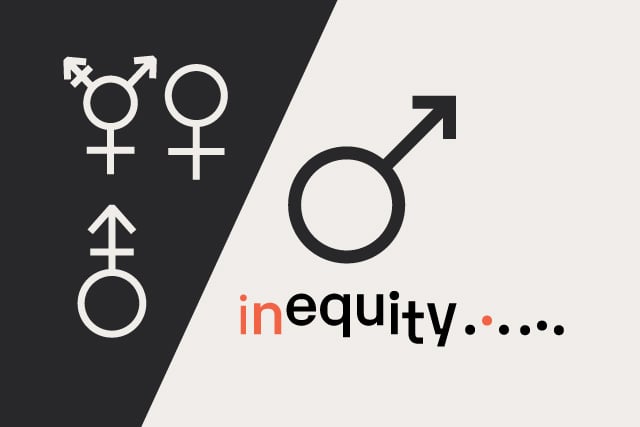7 Intranet Adoption Tips
Dennis Kardys Head of Design & Development#CMS, #Industry Insights, #Design

Intranets increase efficiency throughout the entire organization daily but, when it comes time to making changes or implementing a new intranet it is vital to make sure that process goes smoothly. Diagram has put together 7 Tips to help you along the intranet adoption journey.
The purpose of an intranet is typically to provide staff with the tools they need to be more efficient in their day-to-day tasks. When done right, an intranet will increase overall employee productivity, while reducing frustration by simplifying workflows. However, since this is a tool that everyone in your organization has learned and become dependent on, making the slightest changes can result in a ripple of outcry. If you are planning significant changes to your intranet, here are some tips that can help the transition go smoothly.
1. Start planning early.
Don’t wait until the final stages of the project to start planning for adoption. Dropping a bunch of unexpected (and potentially unwanted) changes on people will only result in resistance. Instead, involve your intranet users in the design process.
2. Conduct a survey.
Surveys are a great wait to solicit large volumes of quantifiable data about overall intranet satisfaction and daily usage. Focus on specific, targeted questions that will help you sort out which content and features are most (or least) valuable to your different audience types. Leave room for a few open ended questions, so people have space to voice their opinions and feel heard.
3. Spend time conducting user research.
Soliciting feedback is great for revealing trends, but there is no substitute for conducting one on one user research. Usability testing, interviews, and direct contextual observation (shadowing) are the most powerful methods for uncovering where the real problems in the interface and information architecture lie. User research will reveal design insights and also win favor among participating users and internal groups.
4. Test early and often with users.
Organizations will often amass a bunch of research and talk to users early on in the design process, only to conceal progress until the work is nearly complete. It’s important to regularly get early versions of your design out in front of potential users and solicit their feedback. By putting your work-in-progress in front of users, you’ll weed out bad ideas, hone In on good ones, and validate the design decisions being made. This, again, leaves your intranet users feeling involved and a part of the solution.
5.Migrate audiences gradually.
Instead of just flipping a switch, let small groups test drive the intranet before pushing it all live. Small groups can help find any lingering bugs, while getting familiar with the new system. Let these beta users become advocates for the new design, championing it with others in the organization. You might also allow people to opt-in to the new intranet for a month or two, before completely switching over.
6. Expect negative feedback.
Don’t freak out when people freak out. People will react to even the smallest of changes, and they don’t always respond favorably when asked to learn new things—even if what’s new is superior. Don’t cave in and try to accommodate every complaint. Give the new system a chance to succeed, and its users a chance to learn and adjust.
7. Keep changing (continuously improve)
Part of what makes intranet users resistant to change is fear that they’re going to be stuck with whatever you build for the next four or five years. Instead of letting your new intranet slowly grow out of control and begin to deteriorate, continuously refine it. Keep conducting usability testing and revisiting what features are necessary and why. A well maintained intranet will win fans, and your users will be encouraged as things keep evolving and improving.
These are just a few tips to help intranet adoption run smoothly in your organization. If you want to learn more download our eBook "Healthcare Intranets: Exploring Common Problems and Creating a Path for Success" or get in touch with a Diagram Solution Engineer today!
Related Posts

Establishing Equitable Management Practices
It's International Women's Day and Dennis Kardys shares some things we’ve done at Diagram to be mindful of bias and take steps to embrace diversity.
Don't Go Chasing Waterfalls: How Agile Makes Complex Web Projects Enjoyable
Learn how Agile methodologies streamline complex web projects, improving team collaboration and project outcomes for a more enjoyable development experience.
Results Matter.
We design creative digital solutions that grow your business, strengthen your brand and engage your audience. Our team blends creativity with insights, analytics and technology to deliver beauty, function, accessibility and most of all, ROI. Do you have a project you want to discuss?
Like what you read?
Subscribe to our blog "Diagram Views" for the latest trends in web design, inbound marketing and mobile strategy.
